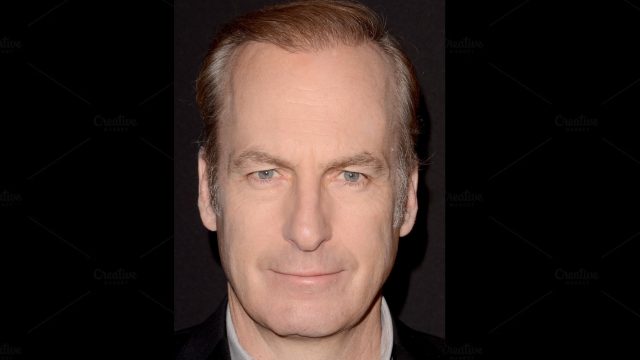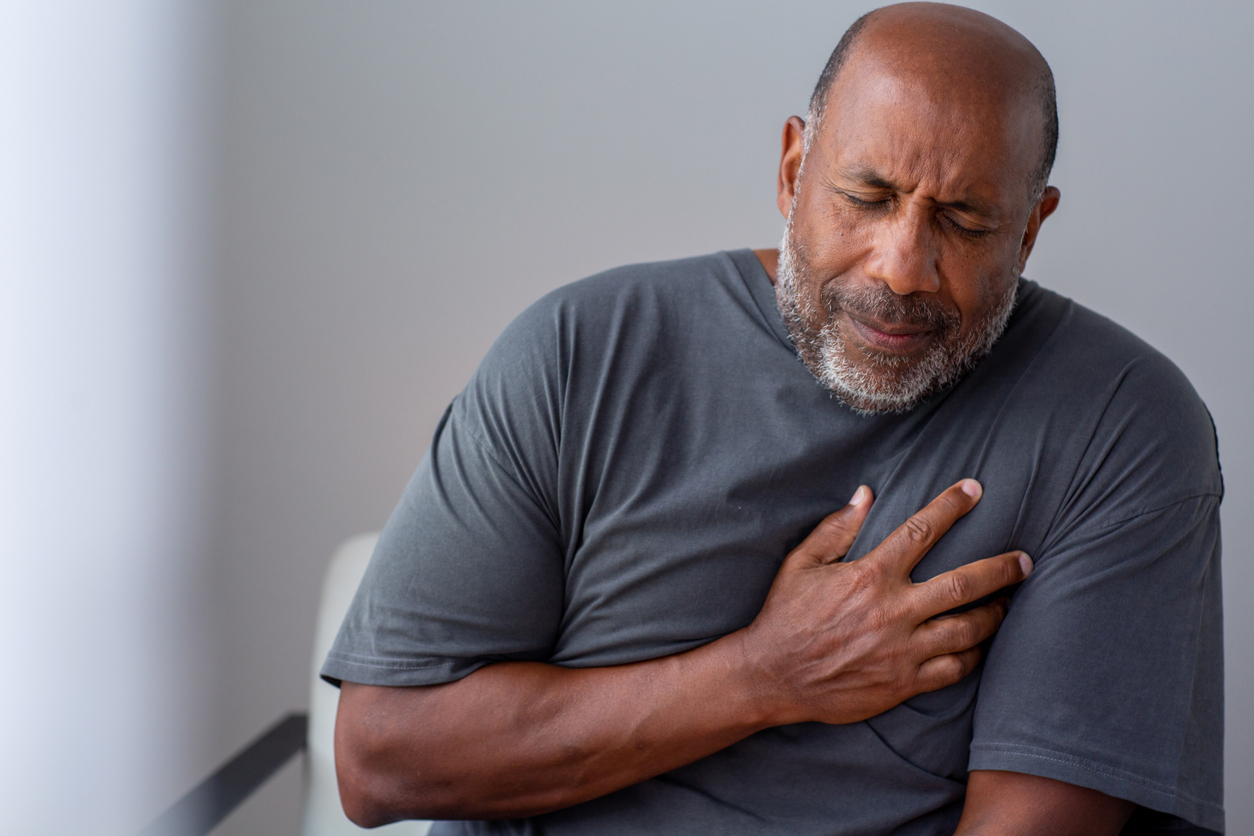Bob Odenkirk Ignored This Warning From His Doctor Before His Heart Attack

Over the course of six seasons, viewers were enraptured by the Breaking Bad follow-up/prequel series Better Call Saul. But no one could have predicted that one of the most frightening moments during the hit AMC show would actually take place off-camera. Star Bob Odenkirk suffered a serious heart attack filming the final season of the show in July 2021 (NPR reports that his heart stopped beating for 18 minutes).
“I would’ve been dead if somebody hadn’t immediately screamed and gotten someone there to give me CPR,” Odenkirk told Howard Stern in an interview earlier this year.
Years before the incident in 2018, Odenkirk had received advice from a doctor about preventing a potential heart attack—advice he decided not to listen to. Read on to find out what it was.
READ THIS NEXT: If You Notice This While Lying on Your Back, Get Your Heart Checked.
Heart attacks occur when the flow of blood to the heart is interrupted.

Heart attacks are a common manifestation of heart disease. According to the Centers for Disease Control and Prevention (CDC), someone has a heart attack every 40 seconds in the United States, with over 800,000 Americans having a heart attack each year. In addition, one in five heart attacks are “silent,” meaning “the damage is done, but the person is not aware of it,” says the CDC.
Also known as a myocardial infarction, a heart attack happens when the blood flow to the heart is obstructed in some way. Different conditions can cause this interruption to the blood flow, such as “calcium deposition, plaque formation, or the presence of dead cells that precipitate near the walls,” explains Kauvery hospital, which attributes these issues to “improper diet and lack of exercise.”
A heart attack can be symptomatic or silent.

Symptoms of a heart attack can vary greatly. The CDC cites common symptoms as chest pain, shortness of breath, feeling faint or light-headed, shortness of breath, and pain in the jaw, neck, back, arms, or shoulders. “Other symptoms of a heart attack could include unusual or unexplained tiredness and nausea or vomiting,” warns the CDC—although these symptoms are more likely to occur in women.
Sometimes, as in the case of silent heart attacks, there are “few, if any, symptoms [or] symptoms not recognized as a heart attack,” says the Mayo Clinic. “A silent heart attack might not cause chest pain or shortness of breath, which are typically associated with a heart attack.”
RELATED: For more up-to-date information, sign up for our daily newsletter.
Odenkirk describes his heart attack as a surprise.

“We were shooting a scene, we’d been shooting all day, and luckily I didn’t go back to my trailer,” Odenkirk told The New York Times about his heart attack that occurred during a break on the set of Better Call Saul. “I went to play the Cubs game and ride my workout bike, and I just went down.” Odenkirk has little memory surrounding the incident, but relayed to CNN: “I guess I said, ‘I don’t feel very good.'”
However, he’d discussed heart issues with doctors several years before. “I’d known since 2018 that I had this plaque buildup in my heart,” Odenkirk explained to the Times. “I went to two heart doctors at Cedars-Sinai, and I had dye and an MRI and all that stuff.”
The actor said he got conflicting opinions from doctors after they discovered the blockages: one told him to start on medication and another said he could wait. Making a near-fatal decision, Odenkirk went with the second opinion. And then in 2021, “one of those pieces of plaque broke up,” he said, resulting in his heart attack.
Odenkirk credits this procedure with saving his life.

Cholesterol plaques is caused by a process known as atherosclerosis, or hardening of the arteries, according to WebMD. It begins by damaging the arteries that carry blood to the heart, and then continues to build up in the artery walls. “Progressive and painless, atherosclerosis grows cholesterol plaques silently and slowly,” advises WebMD.
Odenkirk’s condition was treated by doctors the next morning, who inserted balloons through his wrist and inflated them to “knock out that plaque,” leaving stents behind, Odenkirk told the Times—a procedure called Percutaneous Coronary Intervention (PCI).
Odenkirk credits CPR—administered by Better Call Saul’s health safety supervisor, Rosa Estrada, and an assistant director, Angie Meyer—with saving his life. “I wasn’t breathing,” he told CNN. “I mean, if nobody had been there, if they didn’t do that CPR, I’d have been dead in a few minutes.”